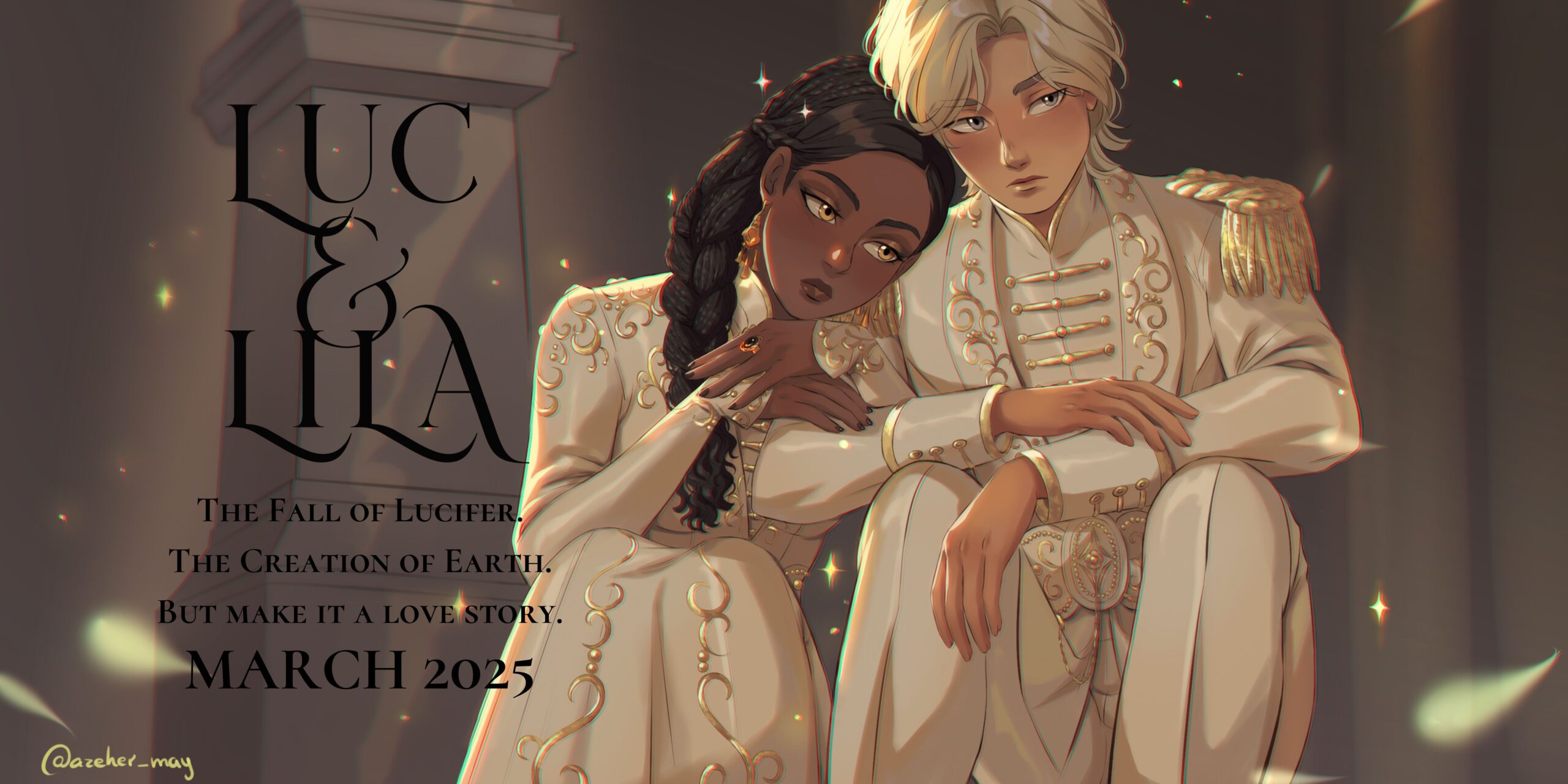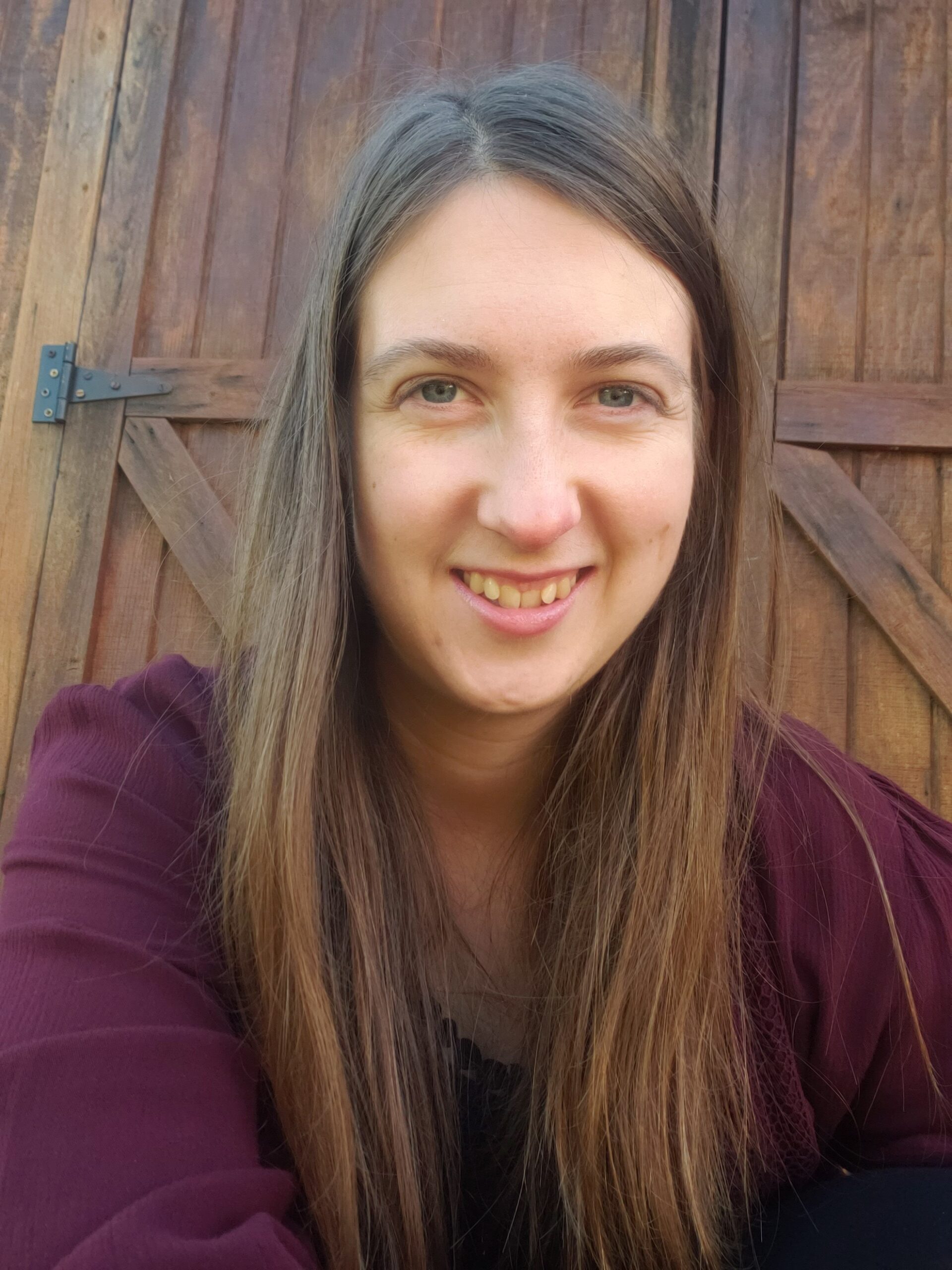[Um, yeah, I mixture content and style edits, so ignore the title…but at least I have a system that works for me! ? Writing is messy, and rules are dumb. ?♀️ Enjoy!]
On the previous episode, I talked about my overall drafting process, and today I would like to talk more about the editing process specifically. I always do three types of editing passes. The first edit I do is for content; the second edit I do is for style; and the third edit is a copy edit for grammar and punctuation. The reason I break all those things into three separate editing passes is because if you try to edit for content, style, and grammar all at once, you will easily get overwhelmed and will probably miss errors or issues that you otherwise wouldn’t miss because you are distracted. You will also waste time correcting superficial errors that might not even exist once you cut out or reword certain parts. So I will talk about each type of editing separately and also why you should edit in this specific order. Obviously, this information applies to scenes, chapters, stories, etc. No matter how long or short your work is, you can follow these steps. However, for the sake of this episode, I’m just going to refer to a single scene. In this episode, I will discuss content editing, and then in the following two episodes, I will discuss style and copy editing.
As I mentioned before, content editing is when I’m taking a look at the big picture of the scene that I’ve written and deciding how well all the different sections are working together to form the overall arc of the scene. This is my first round of edits because it’s my heaviest round of edits. This is where I make the most changes to the scene. When you edit, you should always start big picture and then once you’ve got the big picture taken care of, then you can look at the minutiae, the random tiny details, and smooth those out. You’ve got to decide on an outfit before you can pick out the accessories. So, usually in a content edit, the first thing I do is remind myself of what my overall goal with the scene was. Was there a particular plot point that I wanted to get to, an action that I wanted accomplished? Did I want to see an emotional shift in a character or in the relationship between characters? And then I ask myself if that was accomplished successfully by looking for these five things:
Number one. I look for sections that may be missing or incomplete, and here are some questions I may ask myself. Does the arc of the scene feel like a full arc—meaning it has an engaging introduction, it builds up to the main point of the scene, and then depending on what my goals for the scene are, does it have a resolution to that point or does it end on a satisfactory moment of tension? When I’m reading through the scene, does it feel like I’m missing a description or some dialogue that’s needed to drive my point home? Is there information that the reader needs to know that I haven’t included? Is there something extra I could write that would really elevate the scene and make it more impactful?
Number two. I look for better ways to organize my sections within the scene. Especially if I have a scene where I have written, for example, a flashback to an earlier time and let’s say I have three different flashback sections, and I’ve inserted them at various points within the scene. In that case, I would ask myself, when I’m reading the scene top to bottom, have I inserted those flashbacks in places that make the most sense when combined with the rest of the text? But it doesn’t have to be flashbacks—that might be an extreme example. It could be any part of your text. I organize and reorganize and reorganize my scenes a lot. The goal is to find the most logical structure. So questions you could ask yourself are: Is there information that I’ve included later in the scene that it would be helpful for my readers to know earlier in the scene? If I have a scene that starts out in one emotional tone and then shifts to another emotional tone—for example, one that starts out light and comedic and shifts to angst—have I included something in the angsty section that tonally works better in the comedic section or vice versa? Now if you’re wondering, well how do I know if a neutral piece of information works better in one section over the other? It really depends on the way you want it read. The antique lamp cast an eerie glow over the chilled room is tonally different from The antique lamp provided a soft, warm glow, making the room cozy despite the chill in the air. Same information, basically; it’s just a question of how you want to utilize it in the scene.
Number three. I look for consistent characterization but also characterization that contributes to the character growth I want to see in my overall story. Sometimes when I write a scene or especially a longer story over a period of time, I can sit down to write some days, and my characterization will just be a little off. Constantly question your dialogue. Is that really what your character would say in this situation? Is that really how they would react to this information or is there something else they could do that is more in line with their personality? One thing I find is that sometimes I get so set on having a scene play out in a certain way that I don’t realize it doesn’t quite match up with what my characters would realistically say or think or do. I don’t want my author voice to override their voices. Yes, I have plot points I want to get to, but I want to make sure that I get to them in a way that makes sense for these specific characters. So if you find something that seems to be out of sync with your characters’ personalities, don’t panic. Just take a step back and see if you can work the scene from a different angle to get to the same goal.
Likewise, you may find that your characterization, while not inaccurate, is not in line with your goals for the character growth of a certain character. So, for example, I had a character, let’s call him Character A, that needed to view his past through some magical glasses at some point in my story, and originally I wrote a scene where Character A forced Character B to look into the glasses first; afterwards Character B pushed Character A to look at them as well, and so he did. But as I continued writing, I realized that there was a problem with this scene because I wanted to show Character A’s growth at this point in the story, but I was actually doing the opposite. Over the course of the story, I had wanted him to face some specific fears, one being what he would see in the glasses, and I also wanted him to learn to be less selfish and more empathetic. Even though him forcing the glasses on Character A was not ‘out of character,’ per se, it was selfish and cowardly in context, and therefore it did not advance my goals for him; in fact, he would have taken some emotional steps backwards. After I rewrote the scene, Character A changed his mind about making Character B look into the glasses, and later on Character A looked into the glasses by himself of his own volition. This showed character growth on two different levels. One, Character A showed that he cared more about Character B’s well-being than he did about proving a point; two, Character A showed bravery when he faced his fear of looking into the glasses on his own and by his own decision.
Number four. I look for consistent and appropriate pacing. Does the scene drag where there needs to be a sense of urgency? Do I fly through certain emotional beats that should be expanded? If it’s a sappy, romantic scene, you might want to dwell on someone’s emotions regarding a certain object or a certain attribute of their lover for a paragraph or two or three, but if it’s an action scene, you want to keep the momentum going. You don’t want to slow down to describe every single detail of the room they’re in or the clothes they’re wearing; you want descriptions of the actual fight that are sharp and clear, but you also want those descriptions to be concise so they don’t bog down the scene and make it feel heavy and slow rather than intense.
Number five. I look for consistent tone and smooth transitions from one tone to another tone if relevant. I try to be careful when I’m moving from one tone to another that there isn’t a disconnect or a sharp drop-off between tones (such as comedy and angst) but that the transition feels gradual and natural. So, for example, I want someone to get increasingly frustrated in a scene in obvious ways instead of blowing up out of nowhere. And if I’m shifting from angst back to a lighter mood, I have a similar type of transition where someone calms down gradually in an obvious manner so that when I reach the fully lighter, playful part of the scene, it also doesn’t come out of nowhere. Always think of your characters as real people; if it doesn’t seem realistic that they would automatically get over something, don’t let them automatically get over it. Let them work through whatever feeling they need to work through. Again, you want to make sure that all the pieces of information you offer in a section are offered to the reader in the tone you want to convey. Earlier, I gave the example of the lamp in the room. You can create moods with very neutral pieces of information, but you can also detract from moods with your descriptions, so just make they’re all aligned with the feeling you want the reader to have as they’re moving through the text. Whether you want the reader to feel happy or sad or scared or excited, what you choose to describe and how you choose to describe it matters. And not every piece of information you could describe in a scene will contribute well to the tone of that scene, so you might need to cut some stuff out.
Well, that’s all folks. This episode was a bit longer than I anticipated, but I hope you got some good information out of it. Just to recap, when I do a content edit I look for the following five things: I look for sections that are missing or incomplete; I look for better ways to organize my sections, I look for characterization that is consistent with a character’s personality and also contributes to their character growth throughout the story; I look for consistent and appropriate pacing; and I look for consistent tone in each section and smooth transitions when changing tone throughout the scene. Next time, I will talk about style edits, and then the following episode will be about copy edits, or grammar and punctuation.


Leave a Reply